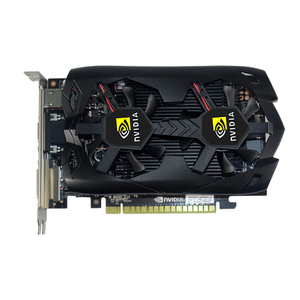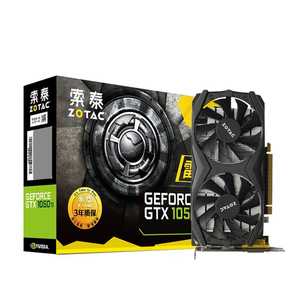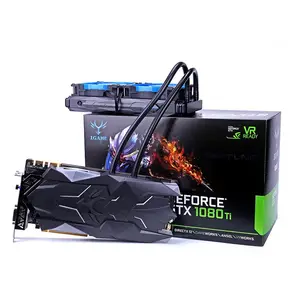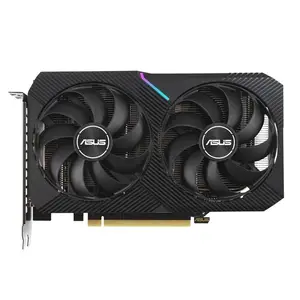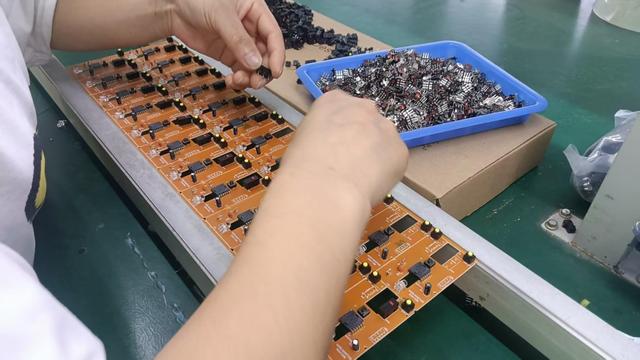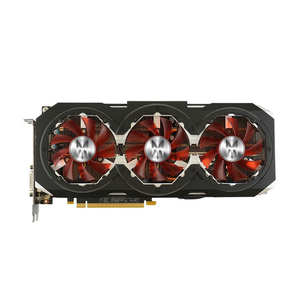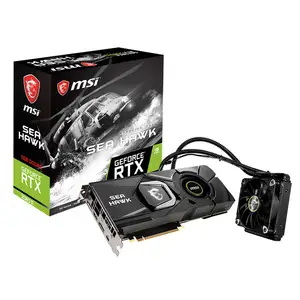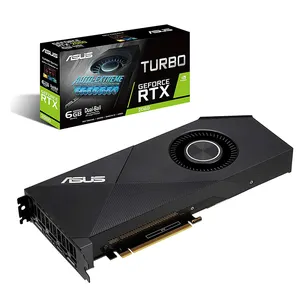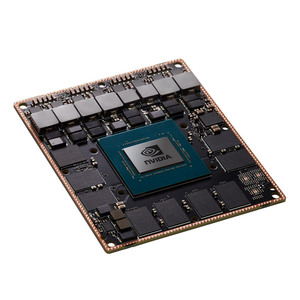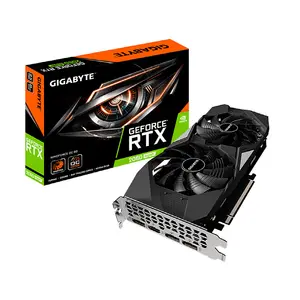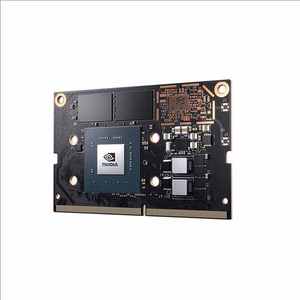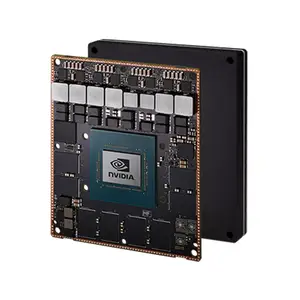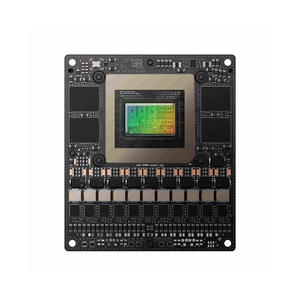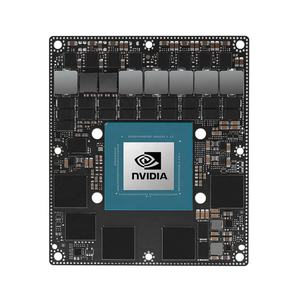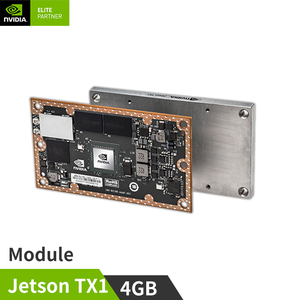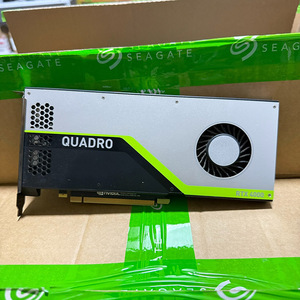Nvidia And Tsmc

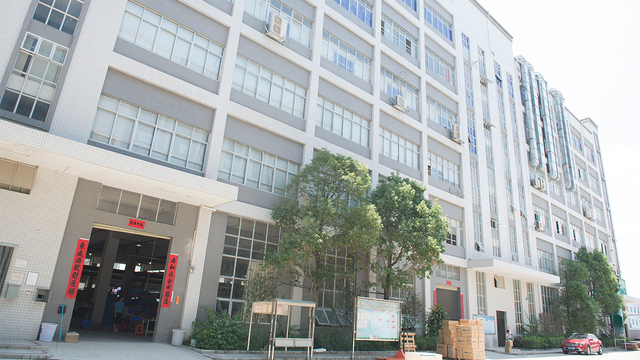





















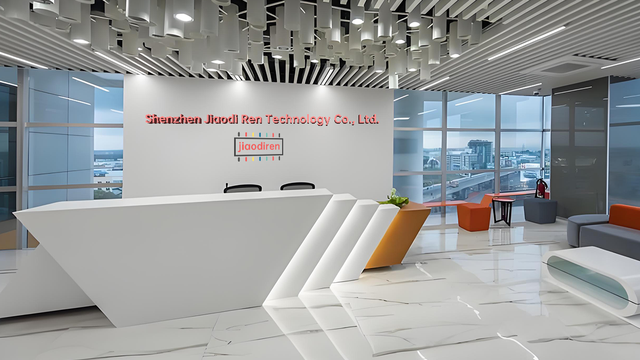




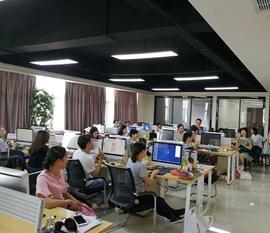





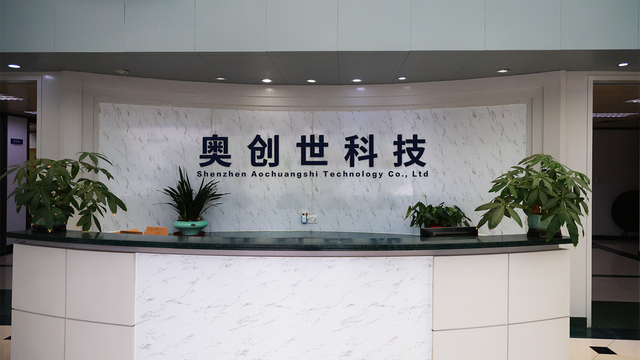










About nvidia and tsmc
Where to Find NVIDIA and TSMC-Related Product Suppliers?
Global supply chains for advanced semiconductor-dependent electronics are increasingly concentrated in Southern China, particularly within the Shenzhen-Dongguan-Hong Kong economic corridor. This region hosts a dense network of specialized electronics manufacturers and distributors with direct access to components designed by NVIDIA and fabricated by TSMC. The proximity to major logistics hubs like Shenzhen Yantian Port enables rapid order fulfillment, with 80% of suppliers achieving delivery within 15 days of dispatch.
These suppliers operate within vertically integrated ecosystems that include PCB assembly, GPU module integration, thermal system design, and final testing. Many maintain partnerships with authorized distributors or OEMs producing consumer graphics cards, edge computing modules, and embedded AI systems based on NVIDIA’s Jetson and GeForce series. Cost efficiencies stem from localized component sourcing—memory chips, VRMs, cooling solutions—and streamlined labor pipelines, reducing BOM (bill of materials) costs by up to 25% compared to Western assemblers.
How to Choose NVIDIA and TSMC-Related Product Suppliers?
Procurement decisions should be guided by objective evaluation criteria focused on technical integrity, transaction reliability, and post-sale support capability.
Technical Verification
Confirm product authenticity through batch verification and firmware checks. For industrial or commercial deployments, demand full traceability of components—including evidence of legitimate procurement channels for NVIDIA GPUs and compliance with TSMC’s fabrication specifications. Suppliers offering used or refurbished units must disclose prior usage conditions, thermal stress history, and burn-in test results.
Production & Customization Capacity
Assess operational scale and flexibility:
- Minimum online revenue exceeding US $1 million/year indicates sustained market presence
- Demonstrated customization options: BIOS tuning, fan curve programming, I/O shielding, branding
- In-house testing infrastructure for stability, power draw, and thermal performance
Prioritize suppliers with sub-6 hour response times and reorder rates above 25%, which correlate with higher customer satisfaction and service consistency.
Transaction Security Protocols
Utilize secure payment frameworks such as escrow services to mitigate risk when purchasing high-value items like Jetson AGX Orin modules or RTX 4070-series cards. Validate supplier credibility via verifiable performance metrics: 100% on-time delivery is standard among top-tier vendors. Conduct sample testing to verify clock speeds, memory bandwidth, and power efficiency against NVIDIA’s published specifications before scaling orders.
What Are the Best NVIDIA and TSMC-Related Product Suppliers?
| Company Name | Main Products | Online Revenue | On-Time Delivery | Response Time | Reorder Rate | Customization Options | Min. Order Quantity | Product Range |
|---|---|---|---|---|---|---|---|---|
| Seeed Technology Co., Ltd. | NVIDIA Jetson Modules, AI Development Kits | US $2,100,000+ | 100% | ≤3h | <15% | Color, packaging, labeling, logo | 1 piece | Jetson Nano to AGX Orin |
| Zhengzhou Damulin Electronic Technology Co., Ltd | Gaming Graphics Cards, GPU Systems | US $2,800,000+ | 99% | ≤3h | 28% | Logo, packaging, branding | 1–2 pieces | RTX 3060 to RTX 40-series |
| Shenzhen Tengyatong Electronic Co., Ltd. | OEM GPUs, Laptop GPUs, Entry-Level Cards | US $1,300,000+ | 100% | ≤6h | 31% | Serial numbers, mix brand, logo | 2–20 pieces | GT series to RTX 3060m |
| Shenzhen Kezan Information Technology Co., Ltd. | Used RTX 4060 Ti, RTX 4070 Cards | US $590,000+ | 100% | ≤9h | 16% | Limited (used goods) | 1 piece | MSI, ASUS, GIGABYTE branded |
| Guangzhou Ketan Information Technology Co., Ltd. | Used Quadro, GTX, RTX Professional Cards | US $1,000+ | 100% | ≤9h | <15% | None reported | 1–5 pieces | RTX2060 to RTX4000 8G |
Performance Analysis
Seeed Technology stands out as a preferred partner for AI and edge computing applications due to its official collaboration status with NVIDIA and inventory of original Jetson development platforms. Zhengzhou Damulin leads in consumer GPU volume sales with strong customization capabilities and competitive pricing across multiple brands. Shenzhen Tengyatong offers one of the broadest OEM portfolios, including laptop GPU modules, though minimum order quantities start at two units. Suppliers specializing in used equipment—Kezan and Ketan—provide cost-effective alternatives for budget-conscious buyers but offer limited post-purchase support and no hardware modifications. Reorder rates above 30% suggest robust buyer confidence in Tengyatong’s quality control and product consistency.
FAQs
How to verify NVIDIA GPU supplier authenticity?
Cross-reference serial numbers with NVIDIA’s warranty database. Request proof of purchase from authorized distributors. For Jetson modules, validate SDK registration eligibility and firmware update access.
What is the typical lead time for GPU shipments?
Stock items ship within 3–7 business days. Lead times extend to 14–21 days if firmware customization or BIOS flashing is required. Air freight adds 5–10 days globally; sea freight takes 25–35 days for containerized bulk orders.
Can suppliers provide custom-branded NVIDIA products?
Yes, select suppliers offer co-branding, private labeling, and tailored packaging. Minimum order thresholds typically begin at 50 units for full customization. Logo imprinting and user manual localization are commonly available services.
Do suppliers support mixed-model orders?
Multispecialty suppliers like Shenzhen Tengyatong and Zhengzhou Damulin allow mixed SKUs within a single shipment, facilitating system integrators’ needs for heterogeneous GPU configurations. MOQs may apply per model.
Are used NVIDIA GPUs reliable for commercial deployment?
Used units can be viable if accompanied by stress test reports, remaining warranty documentation, and thermal cycle history. Buyers should conduct independent benchmarking using tools like FurMark and GPU-Z to validate core and memory clocks pre-deployment.
















